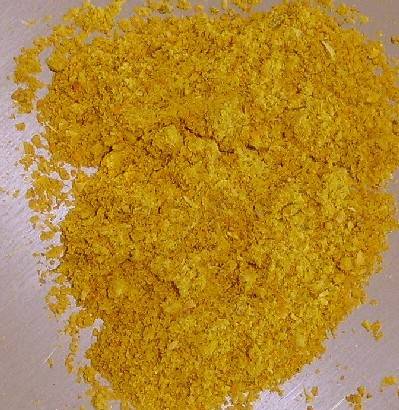Greek name and pronunciation:
Kari, κάρι, pronounced KAH-ree
At the market:
Curry powder is available in small resealable containers. Curry leaves are available only in countries in which the curry tree grows. Fresh curry leaves quickly lose their fragrance after harvesting, and for that reason are not suitable for long-distance transportation and international marketing.
Physical characteristics:
Curry powder is a bright yellow due to the turmeric spice that is an ingredient in the curry powder recipe.
Usage:
Curry powder is relatively new to the Greek cuisine and can be added to rice, seafood, and other dishes.
Substitutes:
Equal parts ground coriander, ground cumin, ground pepper, turmeric, and ground ginger
Origin, History, and Mythology:
A centuries old debate about the origin of the word “curry” continues. Most etymologists agree, though, that the word and the concept of curry comes from a South Indian word “Kari”, meaning spiced sauces. The word Kari originates in India’s oldest living and prehistoric language – Tamil. That is one version of the word origin for curry. Another version of its origin is that the word curry is derived from Sanskrit, the language of Aryan invaders of India, which would make the origin much younger than the Tamil version. The earliest known reference to curry is found in cuneiform on clay tablets recorded by the Mesopotamian civilization near Babylon, circa 1700 B.C.E.Most food historians and etymologists attribute the phrase “curry powder” to inventive British cooks, circa 1377. It was invented by the British to imitate the flavor of Indian foods. A typical curry recipe will include roasted cumin, roasted coriander, black pepper, chiles, roasted fenugreek, and tumeric (which imparts the yellow color). In India, fresh leaves of the curry tree (Murraya koenigii) are used to flavor foods – not the powder mentioned above.

